Staying Fit


Whether it’s chronic, acute or episodic, lower back pain is a common problem among adults, causing more disability around the world than any other condition. Fortunately, there are a variety of stretches and exercises that can be done at home to relieve lower back pain and improve mobility.
Jump to these lower back exercises
Standing lumbar extension • Supine bridge • Bird dog • Cat-camel • Double knee-to-chest stretch • Supine twist • Child’s pose • Cobra stretch
How common is lower back pain?
At least one-fourth of U.S. adults report having low back pain in the past three months, national survey data shows. Research suggests that up to 80 percent of adults will experience low back pain in their lives, meaning that even if you haven’t had it yet and you don’t have it now, there’s a good chance you will — especially since back pain becomes more frequent with age.


AARP Membership— $12 for your first year when you sign up for Automatic Renewal
Get instant access to members-only products and hundreds of discounts, a free second membership, and a subscription to AARP the Magazine.
That’s because as we age, our bodies undergo natural changes — declining muscle mass and bone density, for example — that can contribute to back pain. It doesn’t have to be inevitable, though. With weight-bearing exercises, it’s possible to slow down the progression of these changes, even reverse them, and improve bone density and muscle strength, says Christopher Bise, an assistant professor at the University of Pittsburgh School of Health and Rehabilitation Sciences.
Deconditioning and “poor body mechanics” can also lead to lower back pain, says Robert Gillanders, a physical therapist in the Charlottesville, Virginia, area. And a history of back pain likely means there’s more to come. “If you’ve had an injury in the past, you’re probably going to get it again,” he says.
Causes of lower back pain
Common causes of lower back pain include:
- Overuse injuries (from doing the same form of exercise over and over)
- Muscle or ligament strains or sprains
- Trauma (from falling down, for example)
- Degenerative discs, joints and ligaments
- Spinal stenosis
- Osteoarthritis
- Osteoporosis
- Repetitive movements, especially those that strain the body
A physical therapist can work with you individually to tailor exercises suitable for your body type that can address any pain-causing activities in your daily life, says Ryan DeGeeter, a physical therapy assistant professor at the Washington University School of Medicine in St. Louis.
Here are additional factors to consider:
1. Sedentary lifestyle: Lack of regular exercise can lead to weakened and inflexible back muscles.
2. Excess weight: Maintaining a healthy weight reduces strain on the back and decreases the likelihood of experiencing pain.
3. Nutritional deficiencies: Ensure your diet includes adequate amounts of calcium, phosphorus and vitamin D, as deficiencies in these nutrients can affect bone health and contribute to back pain.
4. Poor ergonomics: Improperly designed furniture and equipment at home and work can strain the back muscles and lead to discomfort.
5. Prolonged sitting: Sitting for extended periods without breaks or changes in position can result in muscle tension and back pain. Regularly moving and stretching can help alleviate this.
6. Footwear choice: Wearing uncomfortable or high-heeled shoes can disrupt posture and alignment, increasing the risk of back pain.
7. Sleeping posture: Sleeping on a firm surface and adopting a side-lying fetal position can help alleviate pressure on the spine and reduce the likelihood of waking up with back pain.
8. Improper lifting techniques: Lifting heavy objects incorrectly, especially without engaging the leg muscles, can strain the back and lead to injury.
9. Core strength: Weak abdominal muscles can contribute to back pain. Strengthening these muscles can provide better support for the spine and reduce the risk of injury.
10. Smoking: Smoking reduces blood flow to the lower spine, contributing to spinal disc degeneration and impairing the body’s ability to heal. Quitting smoking can improve blood flow and promote better spinal health.




























































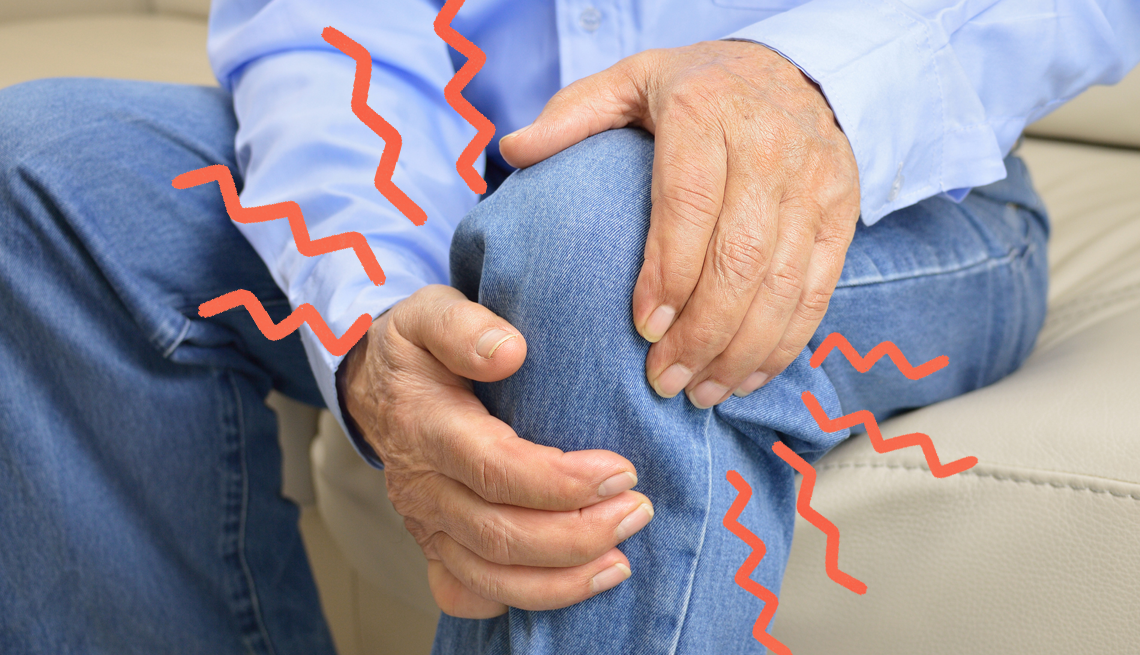


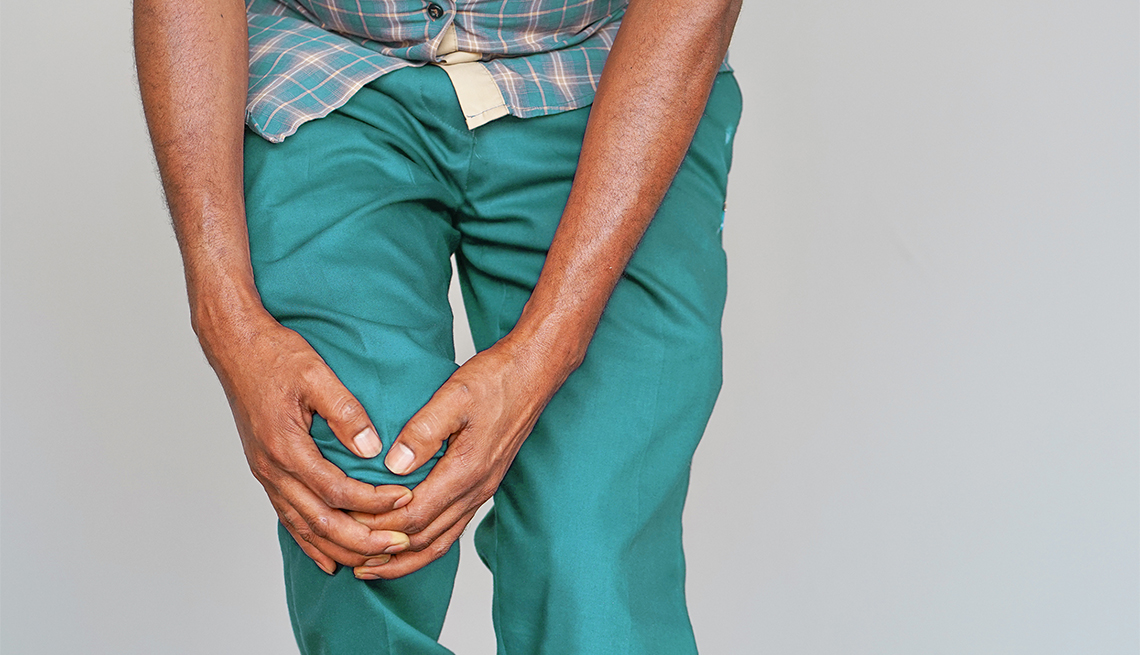



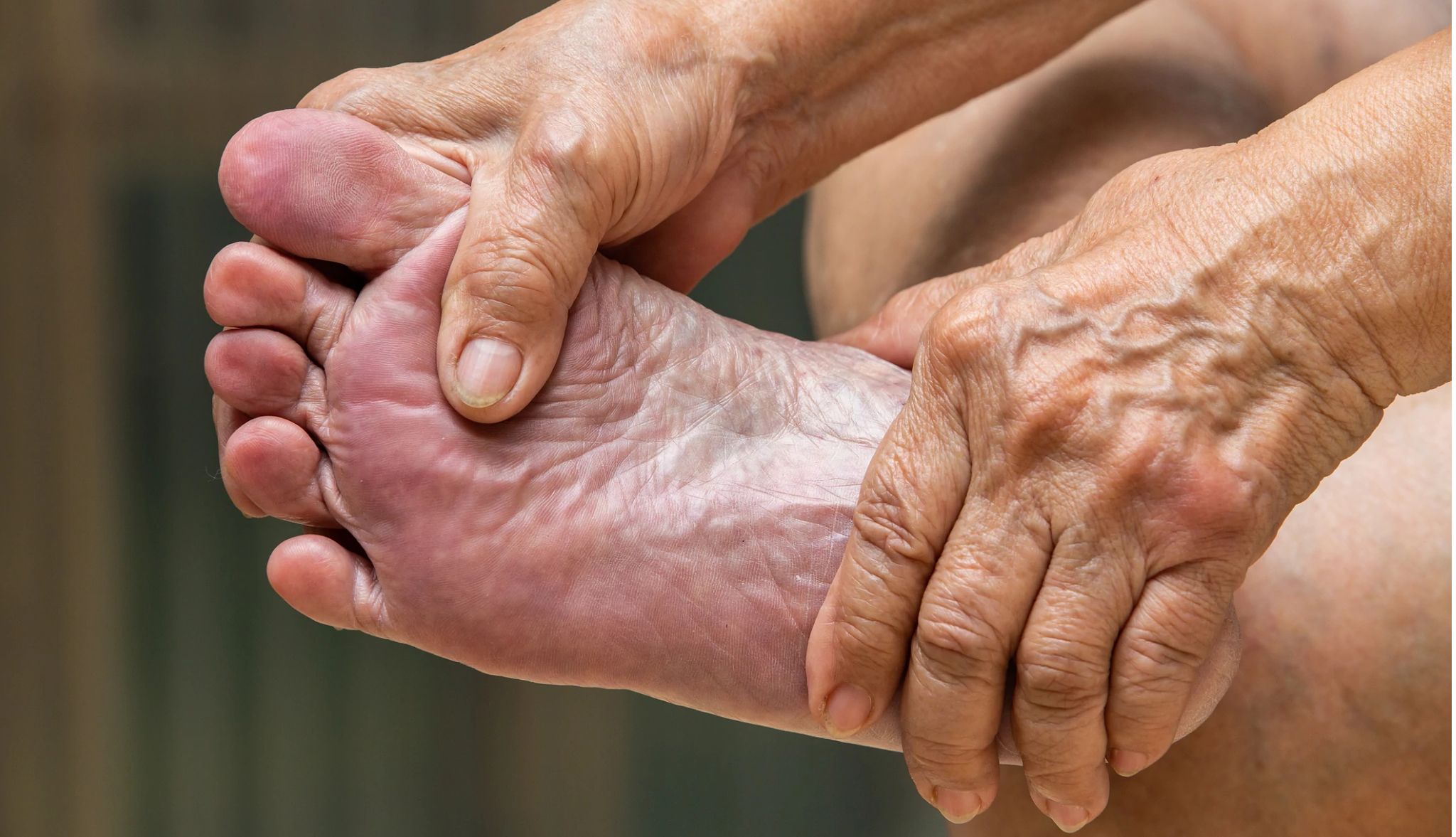







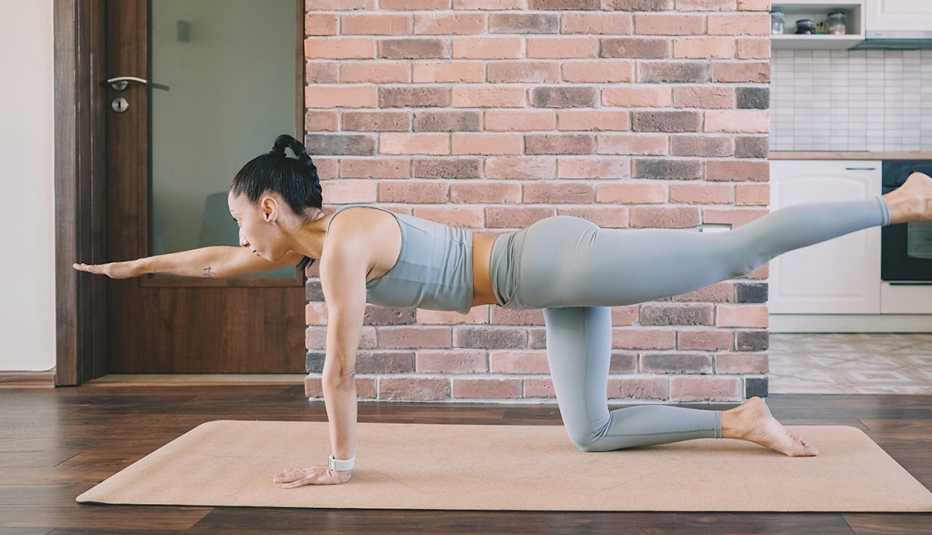



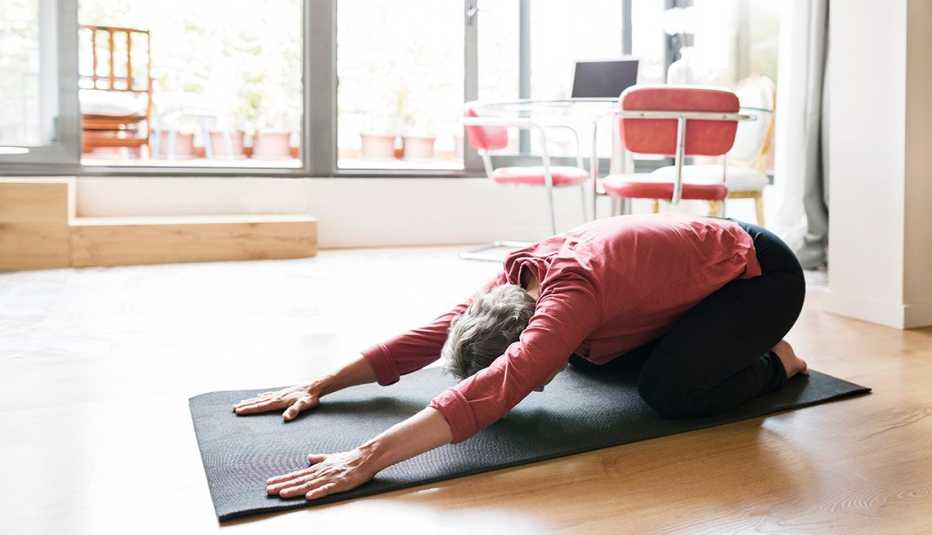







More on Health
10 Exercises for Longevity
These will help keep you healthy longer
5 Exercises for Your Bones
Try these easy moves at home
Best Exercise for Lowering Blood Pressure
New study finds this is #1
Try These Tips for Living a Healthier Life
Small changes can add up to big mental and physical results
Recommended for You